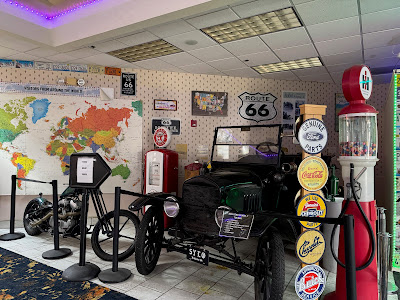Have recently been reading a book called A Haunt of Fears by Martin Barker , published in 1984, which documents the role of a small number of individuals within the British Communist Party in creating the "campaign" to ban "American" (ie British reprinted Horror comics) back in the first half of the 1950s. I touched on this subject in a post back 2022, which discussed the impact of British-reprinted horror comics in the UK in the 1950s.
A Haunt of Fears first relates the story of the campaign as reported in the popular press at the time, and then gets under the covers of the motives of the people behind the campaign.
The focus of the book is firmly on the cultural aspects of the ban, the prevailing attitudes of the public and the Establishment and the role of the BCP in creating/responding to a manufactured uproar. There is limited focus on the role of L. Miller, Arnold, Streamline and T&P, in producing and distributing these comics, but it is certainly worth a read. It does contain a list of the comics targeted by the ban campaign.
Although it is a pretty dry, academic read, the book is also a nice companion piece to "The 10-Cent Plague", which documents the campaign to ban horror comics in the US.
I find it interesting that the campaign in the UK was driven by the political left, whereas it was the right in the US.
 |
| List of books identified as unsuitable |






























